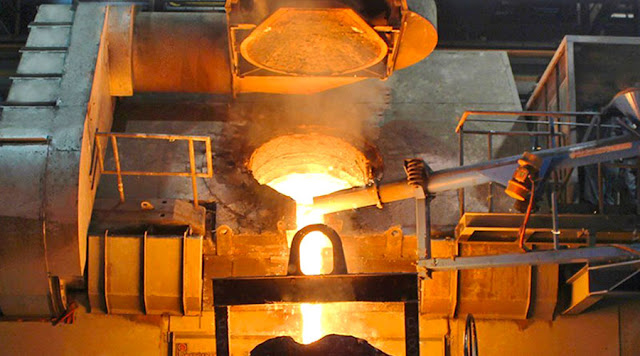Induction Furnace Design Features
Induction furnace design features: improved efficiency and performance
Induction furnaces play a vital role in various industries such as metal casting and heat treatment processes. These furnaces use electromagnetic induction to generate heat within conductive materials, allowing for efficient melting, refining and alloying of metals. To ensure optimal performance, a number of design features are incorporated into modern induction furnace systems.
Induction furnace
One of the key design features is the use of crucibles made of high-quality materials such as graphite or ceramic. These crucibles are highly resistant to thermal shock and chemical reactions, ensuring durability and longevity. They also provide excellent thermal insulation properties, minimizing heat loss during the melting process and saving energy.
Another important component is the coil, which generates the electromagnetic field required for induction heating. Coils are usually made from copper tubing because copper has excellent electrical conductivity.
The design of the coil is critical in determining heating efficiency and uniformity. For optimal performance, various coil configurations are available depending on specific application requirements, such as spiral coils, flat coils, and coreless designs.
To improve energy efficiency, modern induction stoves are often equipped with power supplies that use advanced technology. These power supplies utilize advanced electronics and control systems to optimize power delivery, reduce energy consumption and minimize heat loss.
Additionally, they provide precise control of power output, allowing operators to adjust heating rates and maintain precise temperature control.
To maximize melting capacity and productivity, induction furnaces are equipped with an advanced tilting mechanism. These mechanisms allow for easy pouring and removal of molten metal, minimizing downtime between batches and increasing overall operational efficiency. They also help remove slag and impurities from the furnace, ensuring high-quality metal output.
Safety features are also crucial in induction furnace design. The furnace is equipped with an advanced cooling system to prevent overheating and ensure the longevity of critical components. Temperature sensors and monitoring systems are used to continuously monitor the operation of the furnace and sound alarms in the event of any anomalies, preventing potential accidents or damage.
In summary, modern induction melting furnace designs greatly improve their efficiency and performance.
Crucibles made of high-quality materials, optimized coil designs, advanced power supplies, tilt mechanisms, and safety features are all important components that contribute to increased furnace efficiency and productivity.
By integrating these design features, industries can benefit from increased energy efficiency, increased productivity and high-quality metal output, making induction furnaces an indispensable tool in a variety of manufacturing processes.
E-mail: saleswn@hanrm.com / inquiry66@hanmetallurgy.com (Daisy Zhai)
Tel / Whatsapp / Wechat: 0086 17791213533
Xi'an Hani Tech Co., Ltd.



Comments
Post a Comment